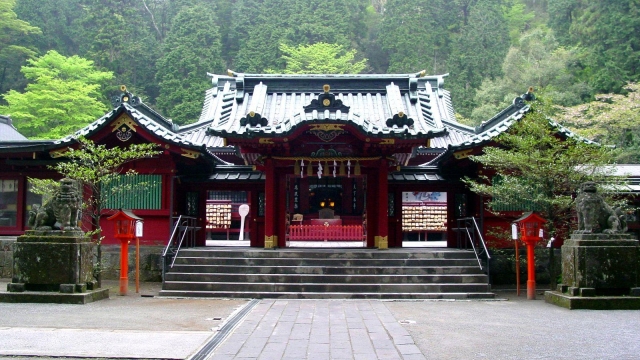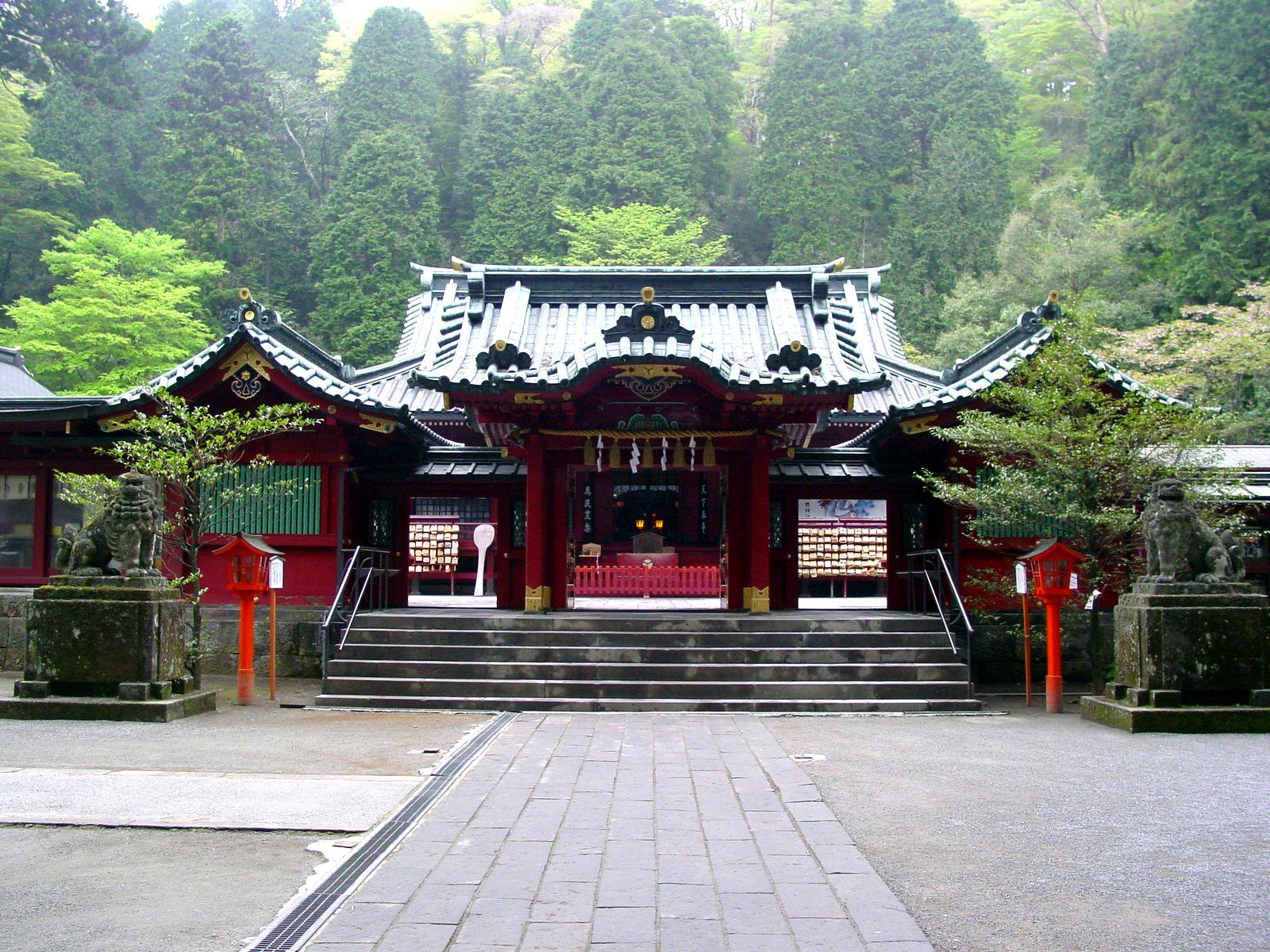
Whispers of the Kami: Exploring the Enigmatic Beauty of Shinto Shrines

In the mist-cloaked forests and serene landscapes of Japan, Shinto shrines stand as bastions of tradition, spirituality, and natural beauty. These sacred spaces are not merely places of worship but vibrant expressions of a culture deeply intertwined with nature and the divine. As one ventures through the torii gates that mark the entrance to these hallowed sites, a sense of reverence and peace envelops the soul, inviting visitors to pause and reflect on the whispers of the kami, the spirits that are believed to inhabit the world around us.
Each Shinto shrine, with its unique architecture and meticulously curated surroundings, tells a story of the past while embodying the essence of the present. From the elegant simplicity of a remote shrine hidden in the woods to the grandeur of a celebrated sanctuary in the heart of a bustling city, these sacred sites beckon to both pilgrims and tourists alike. The beauty of Shinto shrines lies not only in their physical form but also in the rich rituals and customs that occur within their bounds, making them a profound testament to the enduring spirit of Japan’s cultural heritage.
The Spiritual Significance of Shinto Shrines
Shinto shrines, known as jinja, serve as sacred spaces where individuals connect with the Kami, the spirits revered in Shinto belief. These shrines are not merely architectural marvels; they embody the essence of Japanese spirituality and the natural world. Each shrine is often situated in serene environments, designed to harmonize with the surrounding landscape, reinforcing the belief that the divine resides in nature. This relationship reminds visitors of the importance of respecting the environment and understanding one’s place within it.
The rituals and practices conducted at Shinto shrines play a pivotal role in maintaining the spiritual well-being of both individuals and the community. People visit shrines for various purposes, including prayer, purification, and festivals that celebrate the changing seasons. These actions foster a sense of belonging and continuity, linking the present with the ancient traditions that have shaped Japanese society. The rituals also serve to appease the Kami, ensuring their blessings for health, prosperity, and fertility.
Furthermore, the architecture and design of Shinto shrines contribute to their spiritual significance. The torii gate, marking the entrance to a shrine, symbolizes the transition from the mundane to the sacred. As one passes through, it signifies the beginning of a spiritual journey. The interior spaces, adorned with offerings and sacred objects, create a serene atmosphere that encourages introspection and reverence. This careful attention to the physical and spiritual aspects makes Shinto shrines vital centers of worship and cultural heritage in Japan.
Architectural Elements and Symbolism
Shinto shrines are characterized by their distinctive architectural elements, which reflect the beliefs and traditions inherent in Shintoism. The torii gate, often the most recognizable feature, serves as an entrance that symbolizes the transition from the mundane to the sacred. Constructed from wood or stone and frequently painted in vibrant red, these gates invite visitors to leave behind the ordinary world and enter a space imbued with spiritual significance.
Another key element is the honden, or main shrine building, which houses the kami, the spirits revered in Shinto. The design of the honden varies among shrines but typically incorporates a thatched or tiled roof, raised wooden floors, and natural materials that harmonize with the surrounding environment. This connection to nature exemplifies the Shinto belief in the sacredness of the natural world and the importance of preserving its beauty.
Additionally, the use of ritual objects and offerings within the shrine grounds further enhances the spiritual ambiance. Sacred stones, water basins, and various symbols, such as the shide, used in purification rituals, all contribute to the atmosphere of reverence. Every aspect of a Shinto shrine’s architecture and layout is thoughtfully curated to foster a sense of peace and spiritual connection, encouraging visitors to reflect and engage with the kami.
Rituals and Festivals at Shrines
Shinto shrines serve as vibrant centers of spiritual life and community celebration, hosting a variety of rituals and festivals throughout the year. One of the most prominent events is the annual Matsuri, a festival dedicated to a specific kami or spirit associated with the shrine. During Matsuri, participants engage in traditional music, dance, and procession, creating an atmosphere filled with joy and reverence. Offerings such as rice, sake, and flowers are made to honor the kami, reflecting the deep connection between the community and their spiritual guardians.
In addition to Matsuri, daily rituals known as Shikinen Sengu take place in many shrines, where priests perform ceremonies to purify the space and invite the kami. These rituals often include the ringing of bells, chanting of sutras, and the handing of sacred rice, symbolizing the sustenance provided by the kami. Visitors to the shrine may also partake in these ceremonies, creating a shared experience of worship that strengthens the bonds between the individual and the divine.
Seasonal celebrations are another significant aspect of life at Shinto shrines, marking events such as the New Year, cherry blossom viewing, and harvest festivals. These occasions not only honor the kami but also foster community ties, as locals come together to celebrate and give thanks for the blessings of nature. The rituals performed during these festivals often include traditional games, food stalls, and handicraft displays, making them an essential part of the cultural fabric surrounding Shinto shrines.
Preserving Tradition in Modern Japan
In the bustling landscape of modern Japan, Shinto shrines stand as steadfast symbols of cultural heritage and spiritual significance. Many of these sacred spaces adapt to contemporary life while maintaining their deep-rooted traditions. This balance is crucial for communities that seek to uphold their ancestral practices amidst rapid urbanization and change. Festivals and rituals held at shrines continue to thrive, drawing both locals and tourists, and ensuring that the traditions associated with these sacred sites remain vibrant and relevant.
The role of Shinto shrines extends beyond the spiritual realm; they also serve as cultural hubs. Educational programs and workshops are often hosted at shrines, where visitors can learn about Shinto practices and the historical significance of these places. By integrating modern educational initiatives with traditional ceremonies, shrines foster a greater understanding of Japanese culture among younger generations and international audiences, bridging the gap between the old and the new.
Shinto Shrines In Japan
As Japan moves forward, the commitment to preserving Shinto shrines as an integral part of the national identity remains strong. Community involvement and support play vital roles in ensuring that these sacred sites remain well-maintained and cherished. By encouraging respect for heritage while embracing modernity, Shinto shrines continue to resonate with the spirit of Japan, nurturing a collective appreciation for the whispers of the kami that have shaped the nation’s history.



